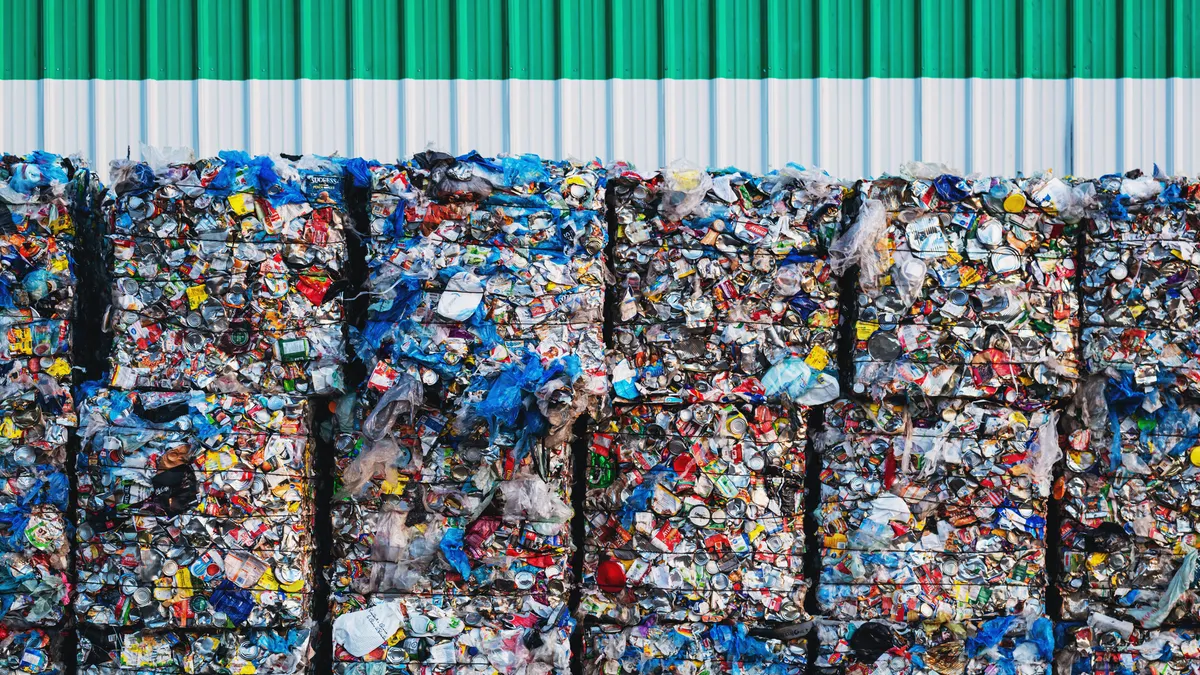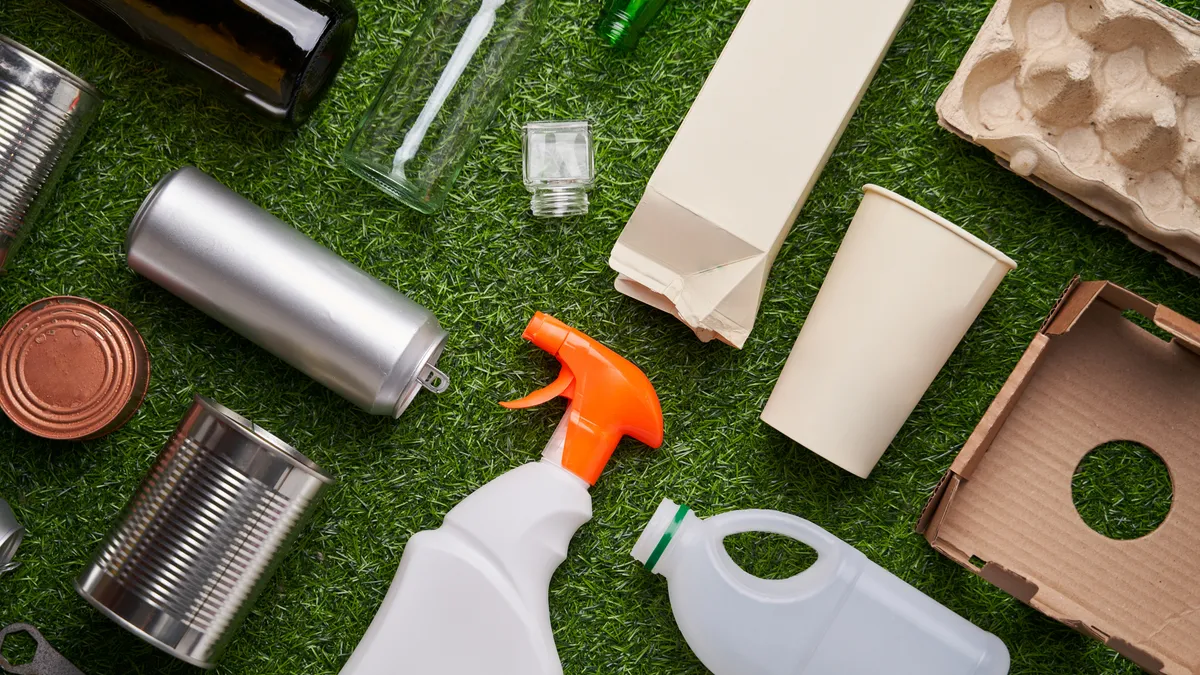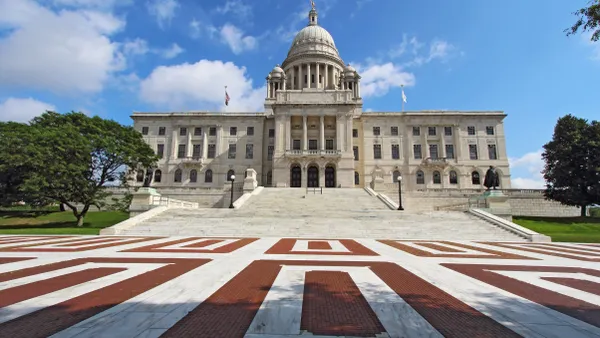The four leading-edge states that adopted extended producer responsibility laws in 2021 and 2022 are now working through rulemaking and encouraging participation from stakeholders ahead of 2025 start dates. They also say they’re collaborating to harmonize their policies across states where it’s statutorily possible.
During a Wednesday webinar hosted by AMERIPEN, representatives from California, Colorado and Oregon unpacked details around program goals, how producers are defined, producer responsibility organization (PRO) structure and funding, covered products and exemptions, implementation timelines, eco-modulation incentives and more – some of which is still being developed.
Maine was unable to participate due to a concurrent legislative event, webinar organizers said, but is currently in the process of stakeholder engagement for rule development.
“Although Oregon passed their bill much sooner than California and Colorado, all three of our states' start dates are pretty similar,” said Darla Arians, producer responsibility/EPR lead at the Colorado Department of Public Health and Environment.
| State | 2023 anticipated actions include: | Start date |
| California | CalRecycle to appoint members of an advisory group, hold informal rulemaking including workshops and stakeholder engagement | Jan. 1, 2025 |
| Colorado | Appointment of PRO, rulemaking, advisory board meeting and input on needs assessment | June 1, 2025 |
| Oregon | First rulemaking, first collection needs assessment, contamination reduction research, studies for processor fees, waste composition study | July 1, 2025 |
Across the board, the states are seeking to clarify what can be recycled and ensure responsible end markets. For each of their nuances, “our laws have a lot of commonalities” given that each covers multiple types of materials, said Nicole Portley, program plan lead at the Oregon Department of Environmental Quality. “And that makes for a similar underlying structure.”
Covered items include packaging materials, paper products and food service ware, while some exemptions exist around products covered through other EPR programs or container return systems where applicable.
In Oregon, there is joint responsibility among “commingled processing facilities” and PROs, with each responsible for collection of a separate list of materials as set by the Environmental Quality Commission, Portley said. Meanwhile, in Colorado and California, only a single PRO will be appointed to start and it will be responsible for collection of all materials.
PROs must meet recycling goals in all three states, Portley said, and in California they must also meet source reduction goals. Across all three, PROs must fund eligible costs identified through a needs assessment; the scope of assessments, and whether the PRO or state agency carries them out, varies.
Colorado could soon know what its PRO will be. Two organizations — Landbell H2 Compliance, partnered with Accerio Global, and Circularity Alliance — expressed interest in submitting applications, which are due April 1. The department anticipates making an appointment by May 1, with June 1 being the ultimate deadline. Shortly thereafter, the selected PRO will likely begin facilitating a needs assessment with a state-approved third-party contractor by Sept. 1. It will study areas like recycling and composting service availability or gaps in service; associated costs to process and recover more material; contamination rates; and opportunities to use technologies such as AI.
Oregon's needs assessment is a periodic survey of local governments conducted by DEQ. It’s currently open and will yield a July 1 report identifying costs associated with statewide service expansion for the collection of a uniform statewide collection list.
For California, SB 54 also calls for a material characterization study. CalRecycle staff and contractors will visit landfills and other solid waste facilities to sample, sort and characterize materials, said Erin Rodriguez, deputy director of legislative affairs at CalRecycle. Findings (the preliminary version of which are due to be published by Jan. 1, 2025) will be used to estimate recycling rates for the covered material categories, and help determine infrastructure needed to meet SB 54’s goals. The law is targeting all packaging in California to be recyclable by 2032.
Connecticut and New York are among the states considering EPR for packaging this year. Meanwhile, a proposal in Washington recently failed to move forward.
The implementing states continue to communicate, collaborate and “bring alignment wherever possible,” Arians said. Areas of potential alignment they’ve identified so far include eco-modulation (fee structures incentivizing or deterring certain design), labeling, minimum recyclable lists, program evaluation, responsible end markets and cost reimbursement formulas.
Colorado is attending a national monthly state EPR leaders coordination meeting to share information and resources among other states proposing similar EPR bills. “So our goal there is to create as much harmonization and consistency as we statutorily can amongst all of our states,” Arians said.













